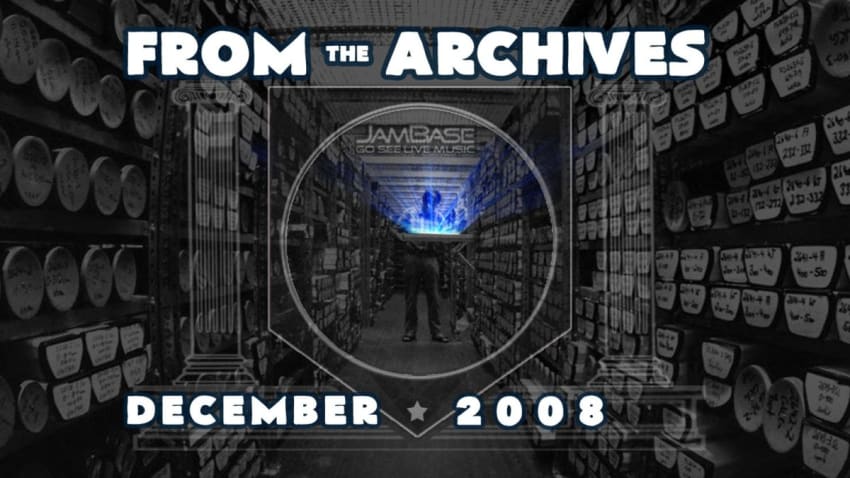Nimrod Workman: I Want To Go Where Things Are Beautiful
By Team JamBase Dec 1, 2008 • 1:03 pm PST

 From Mike Seeger‘s liner notes in I Want To Go Where Things Are Beautiful (Drag City), it seems that recording this Nimrod Workman collection was a blessedly simple affair. Seeger spent a couple days with Nimrod and his wife Mollie at their home in November 1982, and writes, “I have a feeling of having shared something at the same time so common and so very special that I can only feel it as something sacred.” That strikes to the heart of this collection, culled from those recording sessions, and to the nature of Workman’s voice. There are no instruments here, just his voice, which comes from hard, honest soil and is filled with the spiritual transcendence that rises from that dirt.
From Mike Seeger‘s liner notes in I Want To Go Where Things Are Beautiful (Drag City), it seems that recording this Nimrod Workman collection was a blessedly simple affair. Seeger spent a couple days with Nimrod and his wife Mollie at their home in November 1982, and writes, “I have a feeling of having shared something at the same time so common and so very special that I can only feel it as something sacred.” That strikes to the heart of this collection, culled from those recording sessions, and to the nature of Workman’s voice. There are no instruments here, just his voice, which comes from hard, honest soil and is filled with the spiritual transcendence that rises from that dirt.
Laboring as a coal miner for 42 years, Workman had a feisty soul, organizing for the United Mine Workers of America, marching with Mother Jones, standing his ground in The Battle of Blair Mountain uprising and advocating for black lung victims, of which he was one (which makes the fact he was able to make a career as a powerful vocalist after his mining days even more impressive). After his health would not allow him to mine anymore, he made a name for himself as a folk singer, even appearing in a few films, including Coal Miner’s Daughter and a documentary focused on him (Nimrod Workman: To Fit My Own Category).
Although he was 87 when these recordings were made, that go-getting nature is still apparent. The songs are marked by a roiling passion in delivery, at times so bloody alive, that the result is incredibly arresting. His voice is often a divine shout to heaven. On quieter moments, it huddles down in softness to draw you around the fire, planting you on a rough stump while you stare at the dancing flame. Opening track “Gabriel’s Trumpet” starts off with a jolt, as Workman cries, “I want to live/ So I’ll be ready/ On that day when Jesus comes.” He draws out the word “live” almost to a breaking point, shaking the shale off the mountainside, before sinking back towards the mortal ground. But there are also lighthearted turns, such as his take on “Sourwood Mountain” or “Jack Straw Straddle,” where he almost slurps the words together with pleasure. Many if not most tracks will be immediately familiar to folk, old time and bluegrass listeners – “Shady Grove,” “Ida Red,” “O Death” – and perhaps one of his most well known original compositions, “Coal Black Mining Blues.” Stripped down to only the barest essentials of voice, even the most familiar tunes make your spine shiver and your toes curl.
This is but a small glimpse into a remarkable life. In one piece of narration, Workman recalls how he used to sing to himself while loading coal in the mines. “I’d be in there by myself, couldn’t hear nobody nowhere. Just nothing but me and my light in that dark place. I’d be a’loading my car and I’d sing till I get it loaded,” he explains. Although he passed away at 1994, age 99, the spirit of his work lives on. With the right kind of ears you can hear those ghosts moving deep beneath the earth, reaching for the surface to be carried on a restless wind.
JamBase | Bowels of Being
Go See Live Music!
